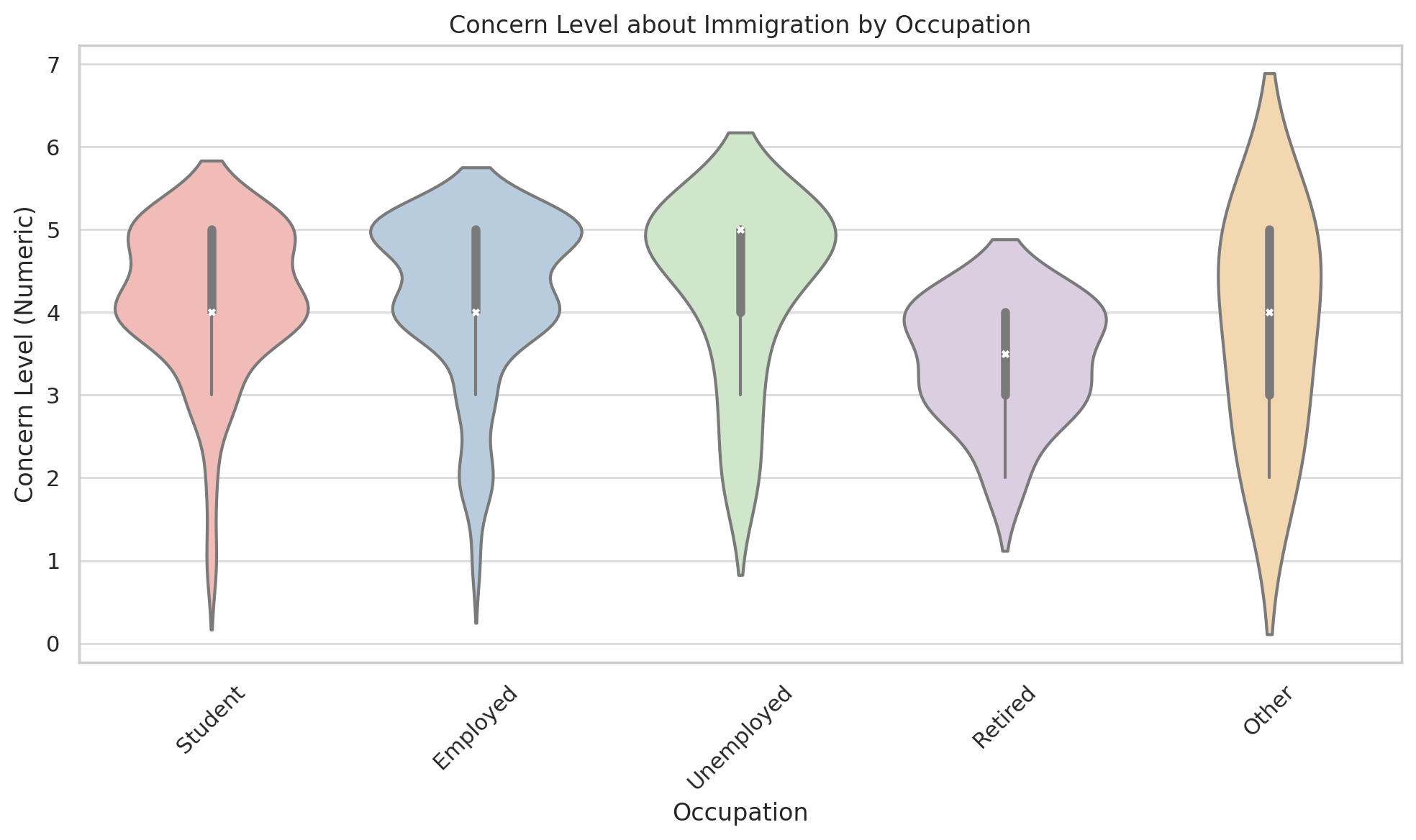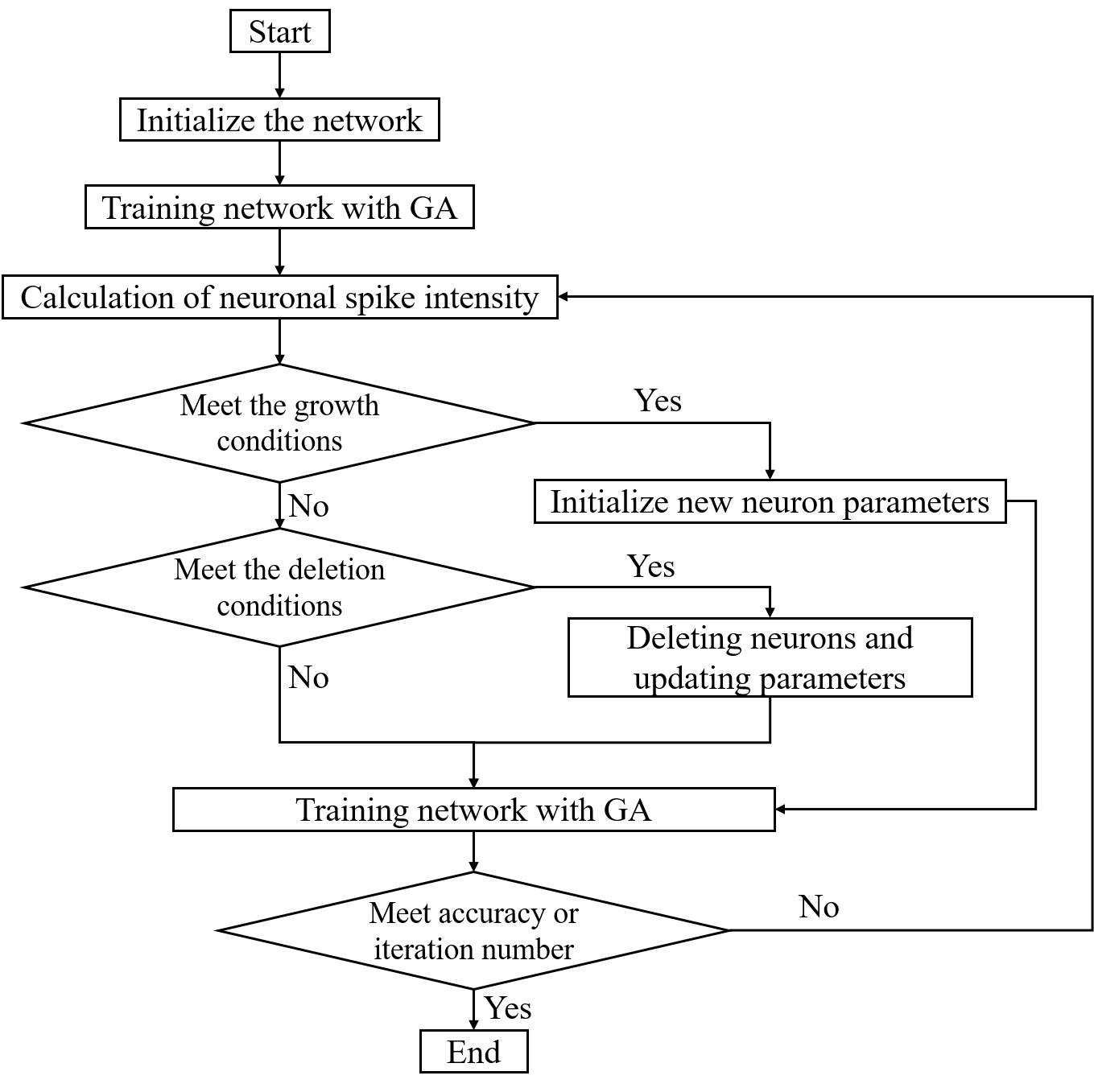 An open access journal
An open access journal
Augmented Reality in Education: Enhancing Learning Experiences
Abstract
Augmented Reality (AR) is reshaping the landscape of education by offering immersive and interactive learning experiences. This paper explores the significance of AR in education, emphasizing its role in classroom instruction, training simulations, and educational games. It delves into various aspects, including AR applications, markerless tracking, and user engagement. The discussion includes the benefits of AR in education, such as improved comprehension, engagement, and retention of knowledge. Moreover, the paper addresses the challenges and considerations in integrating AR into educational settings, including technical infrastructure and content development. Through a review of AR-based educational initiatives, the study highlights the positive outcomes associated with leveraging AR for enhanced learning.
Share and Cite
Article Metrics
References
- Billinghurst, M., & Duenser, A. (2012). Augmented reality in the classroom. In Proceedings of the IEEE International Symposium on Mixed and Augmented Reality (pp. 279-280).
- Dede, C., & Buteau, R. (2012). Augmented reality, serious games, and multiuser media in education. Futurelab.
- Klopfer, E., & Squire, K. (2008). Environmental detectives—the development of an augmented reality platform for environmental simulations. Educational Technology Research and Development, 56(2), 203-228.
- Martinez, J. L., Stager, G., Roschelle, J., Shechtman, N., & Dillenbourg, P. (2013). Science collaboratories in education: Virtual laboratories and teacher community. Computer-Supported Collaborative Learning, 8(2), 297-322.
- Wu, H. K., Lee, S. W. Y., Chang, H. Y., & Liang, J. C. (2013). Current status, opportunities and challenges of augmented reality in education. Computers & Education, 62, 41-49.






